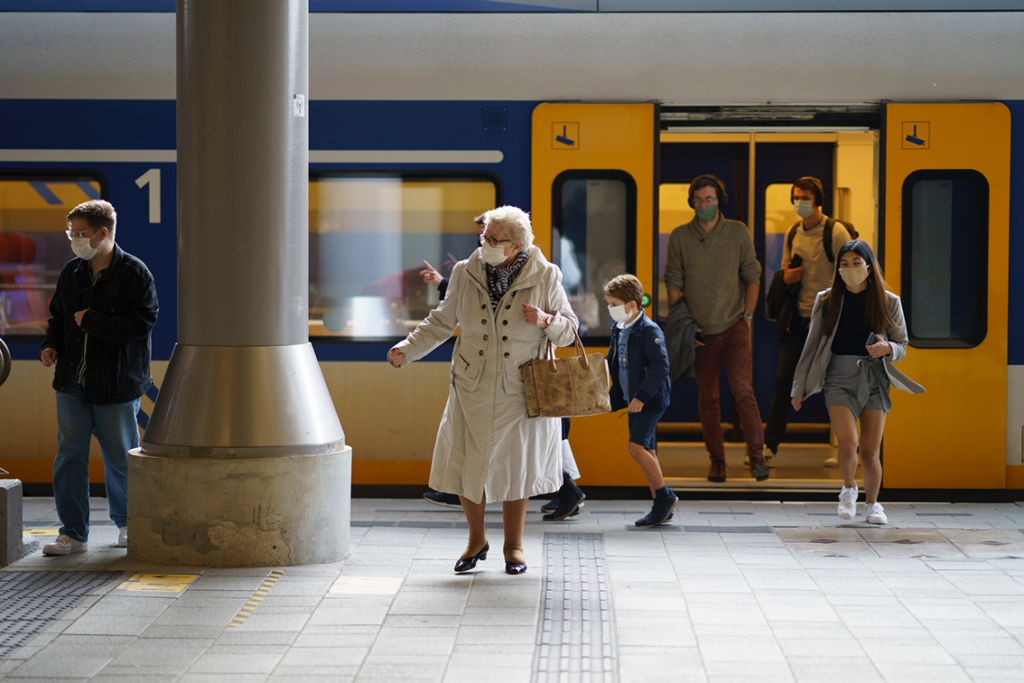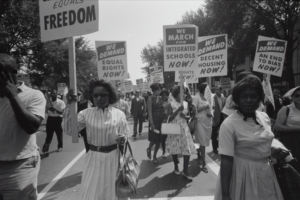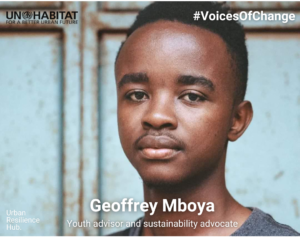Urban resilience can take many forms. One of the most common definitions affirms that resilience is the capacity to survive, adapt and grow no matter what kinds of stresses and shocks are experienced. At the core of urban resilience is the need to develop a sustainable response to the social, economic and climate-related emergencies that are impacting metropolitan spaces with increasing frequency.
Resilience is usually associated with the city. Yet the places where communities live, work and take care of each other do not end at a city’s borders. With 1.8 billion people living in metropolitan spaces, these urban spaces are uniquely positioned to bring about change and ensure wellbeing. What is more, cities are expanding and becoming more interdependent with other municipalities, their rural peripheries and regions. Traditional city boundaries are becoming less meaningful and coordination between diverse areas and levels of government at the metropolitan level is more essential than ever to ensure sustainable places, services and infrastructure. In this way, the COVID-19 pandemic has demonstrated the need to rethink current metropolitan governance systems.
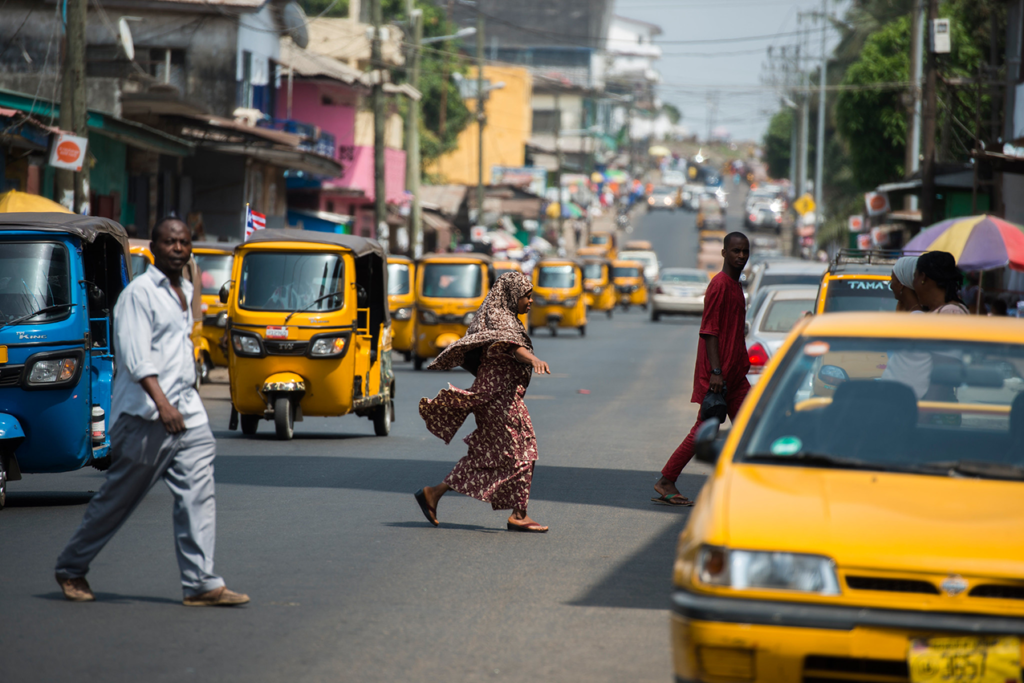
Image: Monrovia, Liberia © Albert Gonzalez Farran.
Moving towards more resilient and caring societies involves understanding the needs and daily activities of different communities. Only by sharing experiences between local and metropolitan governments can we enable capacity-building at the metropolitan scale. For instance, the World Metropolitan Day, a global campaign led by Metropolis and UN-Habitat, is the occasion for local, regional and metropolitan governments –and their communities– to promote collective action to build more equitable, resilient and prosperous metropolises. This year’s World Metropolitan Day theme is Resilience for all: creating caring metropolises beyond COVID-19, as it is impossible to create thriving and resilient communities without putting people at the heart of public policies. This campaign highlights the importance of the social, economic and climate dimensions of urban resilience.
Resilience has gained popularity in the past decade, yet it is not a one-size-fits-all solution. When the diversity of needs and experiences of residents are not taken into account, some resilience policies and plans can reinforce pre-existing inequalities in metropolitan spaces. Local and regional governments have to better understand the broad implications of resilience policies on all beneficiaries and stakeholders. For instance, building resilience through greening policies in some areas can increase vulnerability elsewhere. To take positive action, cities and regions have to particularly build resilience in the following public policy areas; social care, housing, public spaces and mobility.
In many metropolitan spaces, access to primary care is uneven and medical centres have more patients than means to deliver quality public health, even in normal times. In areas where health care is available, accessibility gaps often lead to overburdened emergency rooms. During the pandemic, ensuring that caring activities, such as preventing loneliness, delivering food and providing comfort and dignity to residents, became more essential than ever. A metropolitan vision of health can comprehensively address underlying stresses in health management that undermine social cohesion, but also encourage healthy behaviours and environments for all.
Care plays an essential role in leading urban transformation in a direction that promotes health for people and the planet. Caring cities and metropolitan governments should ensure accessible, inclusive, safe and healthy public spaces for all and incorporate gender mainstreaming in their budgets, plans and policies. Urban spaces are not neutral. Today, the unequal division of labour between women and men continues to promote a model that fails to recognise the economic contribution of women to their homes and society, as well as the mental charge that they endure because of unpaid caring activities, domestic work and socioeconomic inequalities. Ensuring women’s rights to the city and economic independence requires an in-depth understanding of their lived experience. This is urgently needed since the pandemic has exacerbated existing inequalities between women and men in almost all areas of life. To combat this, Barcelona City Council places great emphasis on community engagement to improve social, economic and climate resilience. The superblock scheme is a great example of how to reclaim streets for residents by creating a network of green hubs and how to boost the local economy by improving proximity and making caring activities more accessible.
The struggles that women faced during COVID-19 are interconnected with broad issues such as social segregation, economic inequity and poor access to transportation, infrastructure and services. The impacts of these challenges cannot be solved alone, as they transcend traditional municipal boundaries.

Image: Barcelona, Spain © SK Design.
The COVID-19 pandemic made inequality in urban areas even worse. By looking at the built environment from a resilience point of view, we can start to comprehend whether metropolitan spaces provide equitable access to goods, resources and services. For instance, adequate and affordable housing is inextricably linked with resilience. Yet, housing has been overlooked in many city resilience plans. During the first months of the COVID-19 pandemic, living conditions proved to be an essential element in ensuring well-being, safety and health. Particularly during lockdown, having access to a balcony or a park was a luxury for many, not to mention that many residents were confined in small, crowded homes and others did not have access to sanitation. Poor housing undermines social cohesion and economic equity, particularly in metropolitan spaces where commuting rates into economic centres are high or in areas where unplanned urban sprawl and informal settlements are expanding. Making affordable housing a priority and ensuring secure rental contracts is the only way to mitigate gentrification and isolation of the working class.
What’s more, the link between well-being and healthy public spaces has never been clearer. The COVID-19 pandemic has demonstrated the negative consequences of limited access to green, inclusive and safe public spaces on the mental health of city residents. Public space contributes to children’s development, community life and reduces stress levels. Yet, public space is a key component of city infrastructure that is often overlooked. Globally, 800 million people suffer from mental health issues. This is particularly true in cities, which have higher rates of depression. Ensuring access to high-quality green spaces is key to preventing mental illness, improving well-being and overall health. The most effective solutions are often inexpensive and practical, such as increasing physical activity through walking and cycling or strengthening social cohesion through citizen participation. For instance, in San Salvador, the local government and citizens used tactical urbanism to redesign streets and promote safe outdoor economic activities such as open markets.
Connecting housing and public spaces with public transportation and accessibility strategies is key to safeguard the right to the city. Yet to ensure social resilience, transportation should not be conceived as only a way of getting from point A to B for one typical individual. To be truly equitable, transportation systems should include the mobility of care and adapt to the needs of different bodies and sensibilities whilst remaining affordable and sustainable. Mobility patterns, needs and the perception of safety are not the same for young people, caregivers, hospital workers or a person with reduced mobility.
Adequate urban transportation has the potential to address social cohesion, economic development and public health issues. Conversely, when urban mobility systems fail to connect different areas in a metropolitan space, they can exacerbate poverty, segregation and racial inequity, thereby undermining any effort to create urban resilience. There is no need to reinvent the wheel when it comes to transportation. Planning urban mobility systems on an inter-municipal scale, integrating land-use strategies and housing plans can support metropolitan areas in their pursuit of economic development and social cohesion. For instance, the Metropolitan Region of Santiago developed a mobility strategy that provides a comprehensive inter-municipal transport system between 38 municipalities, integrates urban-rural mobility and is carrying out with local grassroots groups a master plan for inter-municipal cycling to connect 52 municipalities.
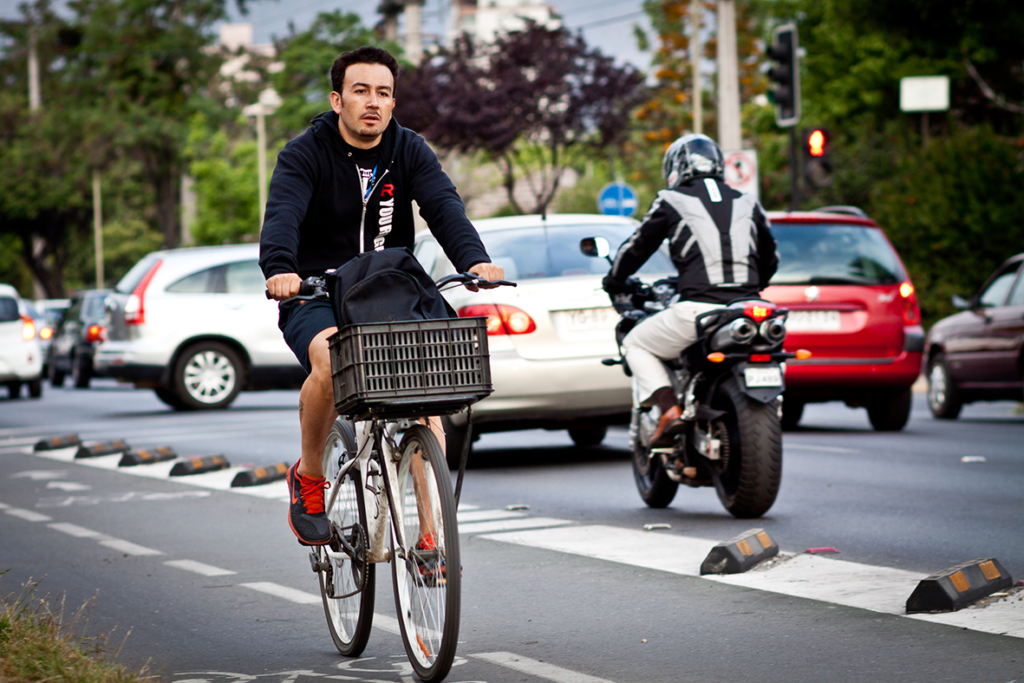
Image: Santiago, Chile © Claudio Olivares Medina.
In conclusion, cities and metropolitan areas have to carry out transformative actions that allow them to endure and thrive in the long term. These transformations can only arise by reframing challenges and opportunities to reflect the dynamics of their entire urban ecosystems. Often, we link resilience with innovation and smart cities. Yet sometimes the most innovative thing cities and metropolitan areas can do is to put people at the centre of policy-making.

